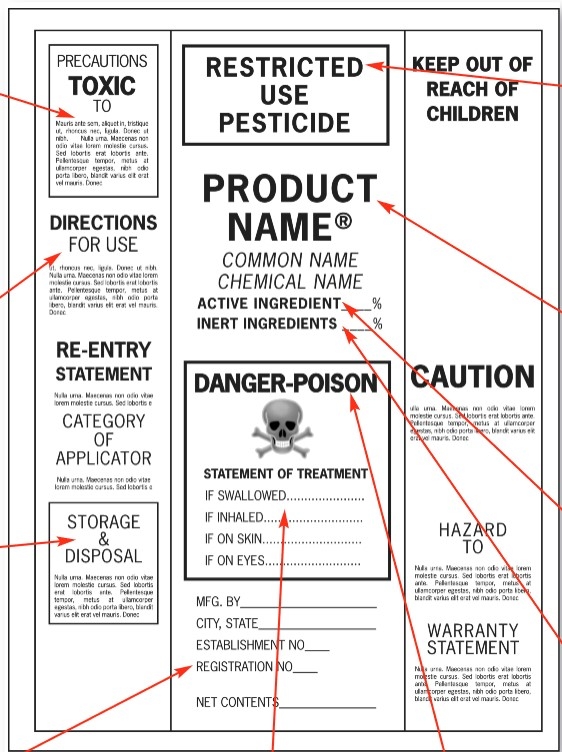Pesticides and The Endangered Species Act: What You Need to Know
The following description has been endorsed by the Weed Science Society of America, Entomological Society of America, and American Phytopathological Society.
1: What is the Endangered Species Act (ESA)?
The Endangered Species Act is a long-standing federal law, first passed in 1973, which requires government agencies to ensure any actions they take do not jeopardize a species that has been federally listed as endangered or threatened. When an agency has a proposed action that might affect a listed species or its habitat, they consult with one or both of the agencies that helps enforce the ESA, the U.S. Fish and Wildlife Services or the National Marine Fisheries Service (this is known as “a consultation” with “the Services''). The Services then may recommend changes to the project or action to protect listed species or habitats.
2: How does the ESA affect pesticide use?
The Environmental Protection Agency (EPA) Office of Pesticide Programs (OPP) is the federal agency that regulates pesticide use. Because the use of pesticides can affect animals and plants (or their habitat), pesticide registrations are considered “actions” that would trigger an endangered species consultation.
3: Why am I hearing about the ESA and pesticide use now?
Due to the complex nature of the process, the EPA has not fully completed the required endangered species consultations with the Services for pesticide registrations in the past, which has left many of those pesticides vulnerable to lawsuits. Courts have annulled pesticide registrations which has led to their removal from market. To make pesticide registrations more secure from litigation, ultimately all pesticide registrations will comply with the Endangered Species Act (https://www.epa.gov/endangered-species).
4: How will this affect the pesticide I use today?
Many pesticide labels will likely have changes that could include:
- Requirement to check the EPA's Bulletins Live! Two website and follow current ESA restrictions for the pesticide product in the bulletin (https://www.epa.gov/endangered-species/bulletins-live-two-view-bulletins)
- Measures to reduce spray drift
- Measures to reduce runoff/erosion
- Other measures to reduce pesticide exposure to listed species and their habitat
In short, farmers and applicators should expect to see some new application requirements on their pesticide labels. But there is no need to panic. To date, no pesticide has ever been fully removed from the market based solely on endangered species risks, and that remains an unlikely scenario in the future.
5: Why does complying with the ESA matter?
By starting to fully comply with the ESA, EPA anticipates that this will give farmers and applicators more stable, reliable access to the pesticides they need. Furthermore, the ESA has been successful at bringing back some species Americans care about – such as the bald eagle or the Eggert sunflower – and restoring them to healthy populations, which has benefited the natural and cultivated ecosystems that agriculture (and society) rely on.
